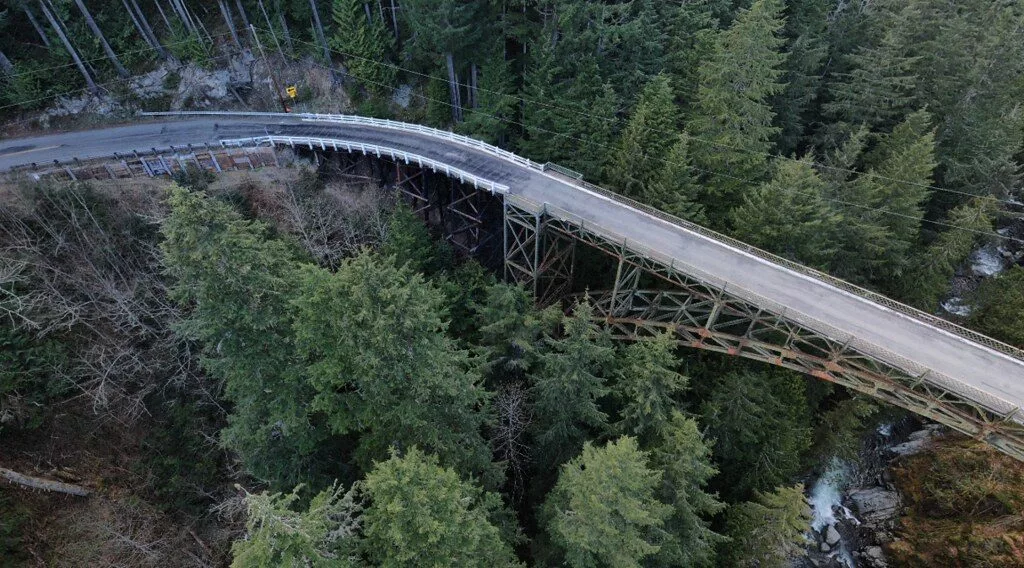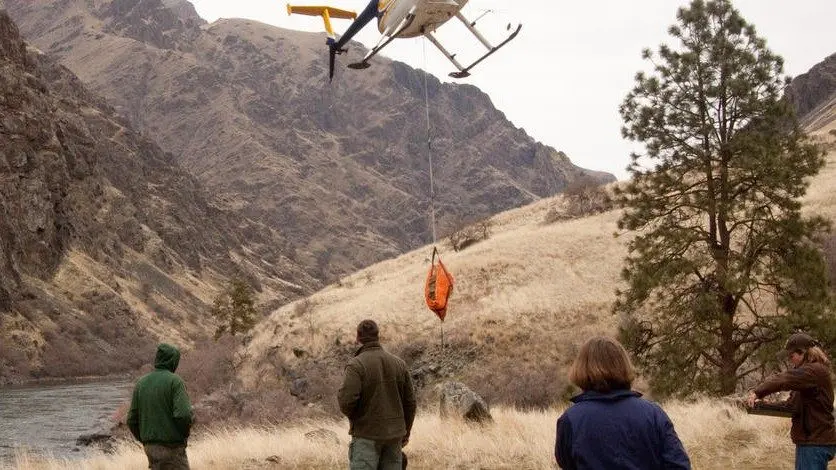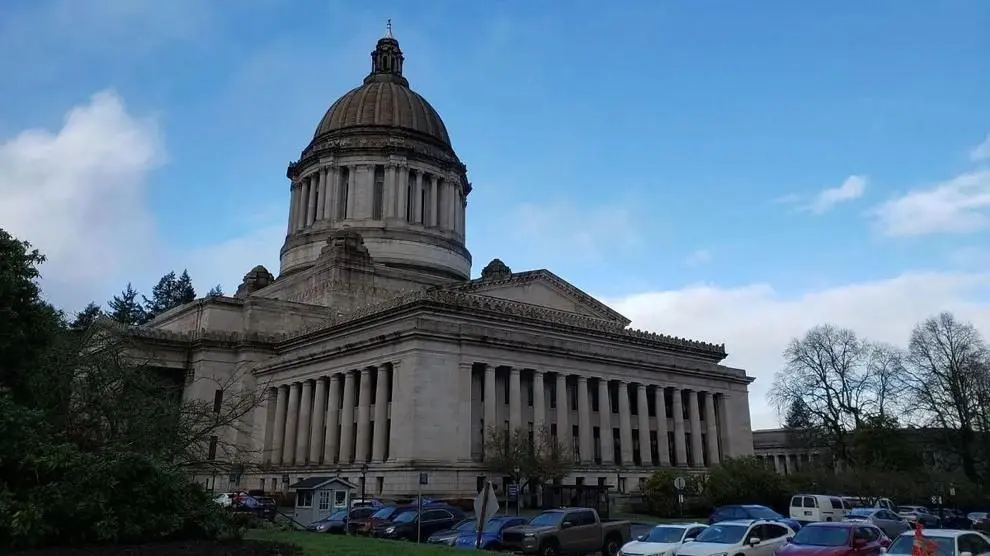OLYMPIA, WA – For years, the Washington State Department of Transportation has warned that its system is on a glidepath to “failure” due to chronic underfunding by the state Legislature for maintenance and preservation. This is due to what state WSDOT officials have previously argued is a priority by the Legislature for new construction projects, not a lack of funding.
Now, officials say they’re reaching the end of the road in terms of maintaining that system and require an additional $8 billion over the next decade.
“We feel that we have done all we can on the preservation side of things to squeeze out what we can to keep the system moving, and that’s kind of where we’re at,” Director of Capital Program Development and Management Troy Suing told the Washington State Transportation Commission at its Wednesday meeting.
“Something that concerns many of us….really right now with the level of funding we have – we are really just trying to keep roadways open. We’re doing the bare minimum to keep the roadways at a safe level.”
Recent reports have noted that Washington state highways are among the worst in the nation, despite having one of the highest gas taxes that is used to fund WSDOT’s budget. According to a WSDOT presentation, more than 7,900 lane miles of state highway was due or overdue for preservation in 2024, when only 670 miles was actually paved. WSDOT anticipates an additional 9,000 more lane miles will be in need or preservation within the next decade.
According to WSDOT, spending on maintenance and preservation of the state’s transportation infrastructure has actually gone down since 2001 when adjusted for inflation
Among WSDOT’s system are 3,427 bridges, with 342 of them 80 years or older. According to Suing, the normal service life of a bridge is about 75 years.
“Our investments were strategic in how we invest, but we’re not proactive anymore,” he said. “Our focus is really on risk and those emergency needs … that continue to come up.”
“I just want to point out that there is no short-term fix when it comes to bridges,” he added. “It really is a long game in order to to take care of these assets. It’s not if we’re going need to need do something. It is how we are going to have to do something and it how much is it going cost. They continue to deteriorate and that’s something that is just not definitely not going to go away.”
Olympic Region Administrator Steve Roark told WSTC that the state’s bridges “are aging out to a point where … it keeps me up at night thinking about what a failure out there on one of these bridges would look like. I don’t want to put too fine a point on this, but when we talk about mechanical electrical components, we’re talking vintage stuff out here … 1950s-era componentry, and it’s getting harder and harder to find parts. We actually go to eBay.”
Roark also said that the lack of maintenance funding means minor issues aren’t addressed until they become critical, which costs the state more.
“There’s a real cost to underfunding preservation,” he said. “The funding level of preservation is not keeping pace. We just can’t be as proactive. When we don’t preserve the system, it affects everybody.”





